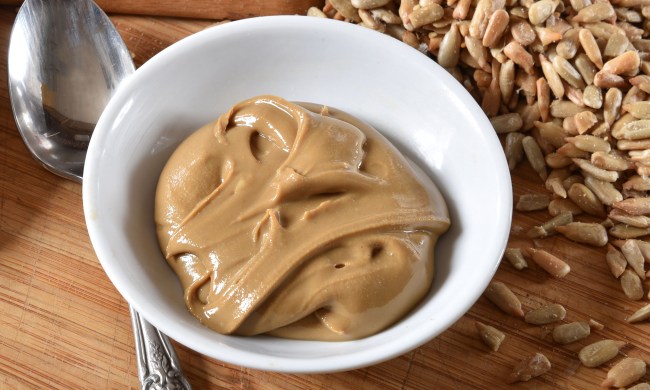It seems like there’s a new fad diet everyday, and while the Whole30 plan isn’t exactly new, it has been gaining a lot of traction as of late.
What makes Whole30 different from many other diet plans is that it is less of a weight-loss plan and more of a lifestyle reset. Following the guidelines can improve health, purge bad habits, and set the groundwork for a new-and-improved you. Weight loss is just a common side effect of this plan, as it includes no processed ingredients and reduces your consumption of many high-calorie foods.
Lasting only 30 days, Whole30 is just long enough to feel the impact of your changed diet without committing to a lifelong change (though many decide to follow the guidelines well after the 30 days). So, what is and isn’t allowed on the Whole30 diet? We’ll walk through a brief history of this eating plan and all of the do’s and don’ts.

History of Whole30
The original book that created and described the plan, titled The Whole30: The 30-Day Guide to Total Health and Food Freedom, came out in 2009. However, it has gained a lot of steam recently as it’s easier than ever to go online to find and share recipes and tips that align with the plan’s guidelines.
In a recent interview with Everyday Health, Whole30 co-founder and sports nutritionist Melissa Hartwig Urban described the overarching goal and benefits of Whole30, stating:
You can think of the Whole30 like pushing the reset button with your health, habits, and relationship with food. For 30 days, you’ll eliminate the foods that scientific literature and our clinical experience have shown to be commonly problematic in one of four areas — cravings and habits, blood sugar regulation and hormones, digestion and immune system, and inflammation…Over the course of 30 days, you’ll see what improves when you remove potentially problematic foods.
While there haven’t been any scientific studies on the physiological effects of this diet, followers share that Whole30 improved their energy and focus, sleep, and mood. Those benefits are all well and good, but a plan is only as good as your commitment to stick with it. Consider all of the allowances and restrictions of the Whole30 plan before deciding whether it’s a good fit or not.

Foods you can have on Whole30
So, what are you allowed to have on this diet? On this front, there is good news. The diet is more so about what type of foods you eat instead of how much you’re eating, so there aren’t restrictions on calories, carbohydrates, sugar, or fat. Meat, seafood, eggs, vegetables, fruit, and healthy fats (like olive oil) are all fair game when following this plan, so you can fill up your shopping cart with all the produce your heart desires.
With this stellar lineup of permitted foods, and no serving or calorie restrictions, you should never feel like you’re going hungry while following this plan.

These foods are off-limits
Now, the flip side. Every nutritional plan is challenging, and this plan is no exception. If you decide to follow this diet, you can say goodbye to grains, legumes, dairy, alcohol, added sugar, artificial sweeteners, and foods with certain additives like carrageenan, MSG, and sulfites.
Whole30 is designed to improve your relationship with food and make you feel and function better. By eating whole foods without any processing, you get a better idea of exactly what it is you’re putting in your body. While this might lead to weight loss, the primary goal is to gain a new perspective on what you eat in a day and understand what foods fuel your body.
At the end of the day, you are the one who understands what is most or least likely to work for you. Not every diet is for everyone, so don’t worry if you aren’t ready to say goodbye to pasta just yet. However, if you’re prepared to challenge yourself for just 30 days, there’s a good chance you’ll see noticeable changes in your energy, health, alertness, and overall wellbeing.
Disclaimer: BlissMark provides information regarding health, wellness, and beauty. The information within this article is not intended to be medical advice. Before starting any diet or exercise routine, consult your physician. If you don’t have a primary care physician, the United States Health & Human Services department has a free online tool that can help you locate a clinic in your area. We are not medical professionals, have not verified or vetted any programs, and in no way intend our content to be anything more than informative and inspiring.



